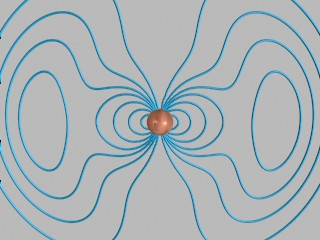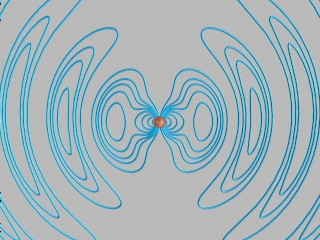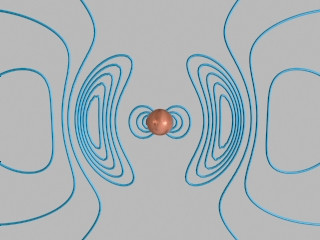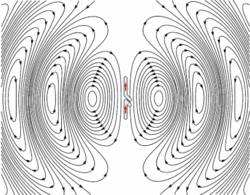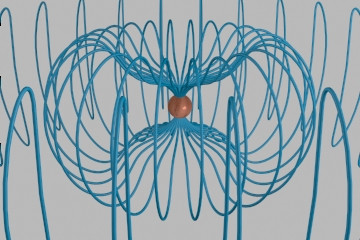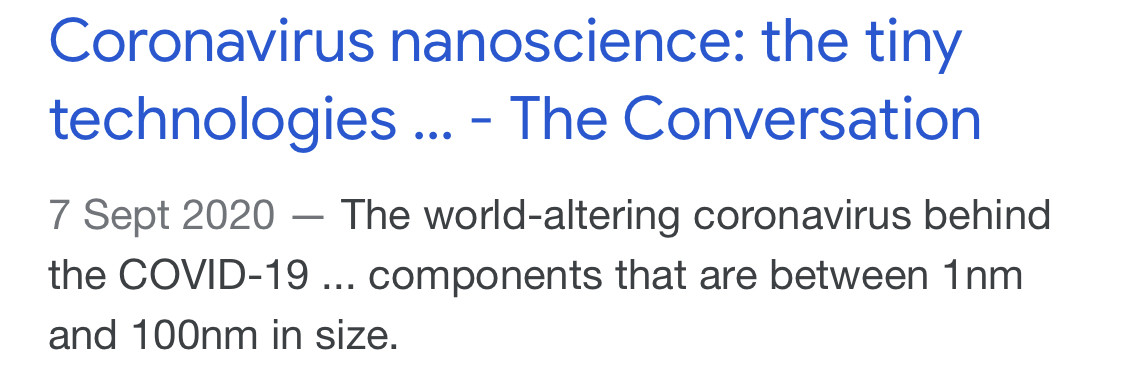Child of God, truth-seeker finder and sharer, patriot, inspired and fired up!
@TheMac I just saw this on a telegram channel and thought of you😊.
Magnetite crystals in the brain... GO!
God bless you. 🙏🏻❤️
A cell becomes polarized by moving and storing different types of electrically-charged molecules on different sides of its membrane. ... The inside of the cell also contains molecules called organic acids. These acids have negative charges on them, so they add to the negative charge inside the cell.
Magnetofection is a simple and highly efficient transfection method that uses magnetic fields to concentrate particles containing nucleic acid into the target cells.
Magnet-assisted transfection is a transfection method which uses magnetic interactions to deliver DNA into target cells. Nucleic acids are associated with magnetic nanoparticles, and magnetic fields drive the nucleic acid-particle complexes into target cells, where the nucleic acids are released.
Nucleic acid and amino acid are two types of biomolecules in the cell. Nucleic acid is a polymer that stores genetic information. ... Amino acid is a monomer that serves as a building block of a protein. The main difference between amino acid and protein is the structure and role of each biomolecule inside the cell.
A poly(amino acid) is a polymer composed of amino acids as monomeric units. Structural and functional proteins, polypeptides, peptides and polymers derived from amino acids, that is, poly(β-alanine) and ɛ-poly(lysine), are classified as poly(amino acid)s.
Amino acids in solution at neutral pH exist predominantly as dipolar ions (also called zwitterions). In the dipolar form, the amino group is protonated (-NH3+) and the carboxyl group is deprotonated (-COO-). ... As the pH is raised, the carboxylic acid is the first group to give up a proton, inasmuch as its pKa is near 2.
What are dipolar ions?
: an ion charged both positively and negatively (as that of an amino acid in solution) : an amphoteric ion the dipolar ion +H3NCH2COO− of glycine.
Additionally, energy transfer between the quantum dot and the graphene nanodisk can be switched on and off by applying a pump laser to the photonic crystal or by adjusting the strength of the dipole-dipole interaction. ...
It was noted that a strong emission spectrum at 425 nm is observed in all amino acids when it is excited at 350 nm, indicating the fluorescent nature of prepared CDs ...
Nanoparticles used as carriers for nucleic acids are mostly iron oxides. These iron oxides can be generated by precipitation from acidic iron-salt solutions upon addition of appropriate bases. The magnetic nanoparticles have an approximate size of 100 nm and are additionally coated with biological polymers to allow loading of nucleic acids. Particles and nucleic acids form complexes by ionic interaction of the negatively charged nucleic acid and the positively charged surface of the magnetic nanoparticle.
Comparative and phylogenetic analysis of SARS-CoV E revealed that a substantial portion of the TMD consists of the two nonpolar, neutral amino acids, valine and leucine, lending a strong hydrophobicity to the E protein [79].
The peptide exhibits an overall net charge of zero, the middle region being uncharged and flanked on one side by the negatively charged amino (N)-terminus, and, on the other side, the carboxy (C)-terminus of variable charge. The C-terminus also exhibits some hydrophobicity but less than the TMD due to the presence of a cluster of basic, positively charged amino acids [80].
Abstract:There is currently a major international effort aimed at integrating semiconductor nanostructures with biological structures. This paper reports the use of peptide sequences with certain motifs like artinine-glycine-aspartic acid (RGD) and leucine-aspartic acid-valine (LDV) to functionalize zinc sulfide (ZnS)-capped cadmiun selenide (CdSe) quantum dots, so that the quantum dot-peptide complexes selectively bind to integrins on HT1080 human fibrosarcoma cells membrane...


